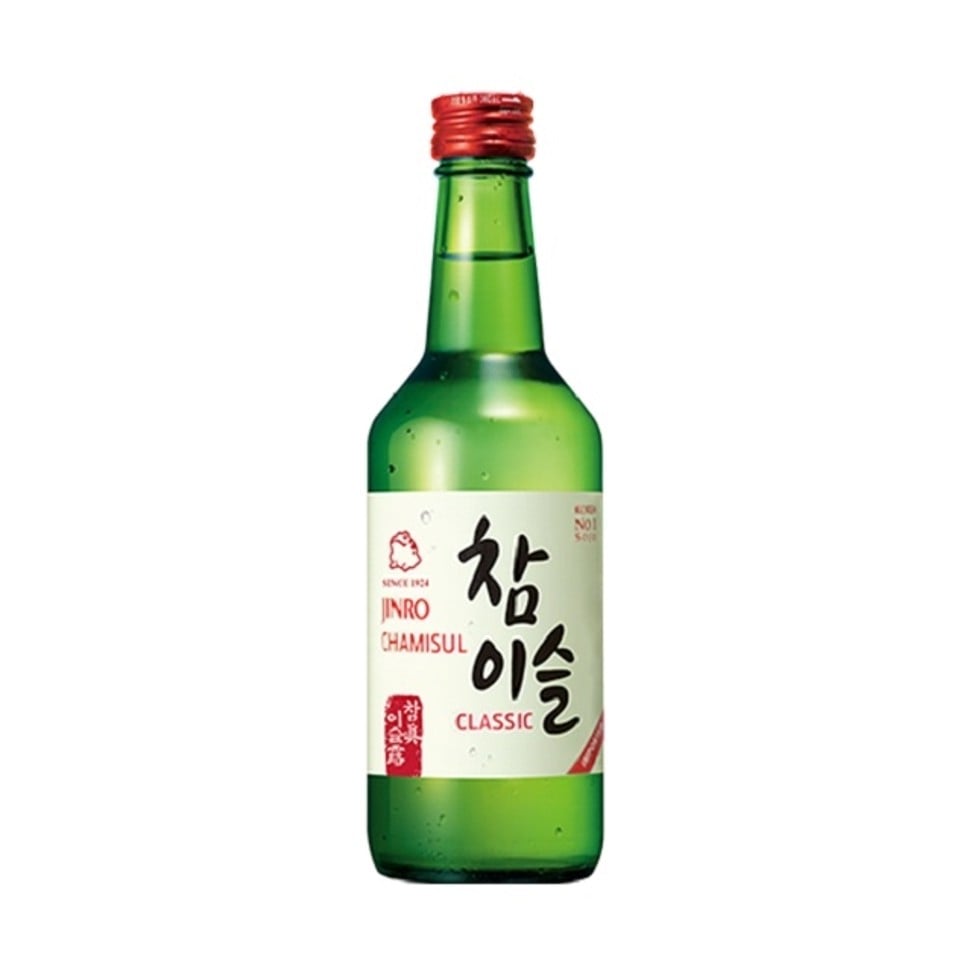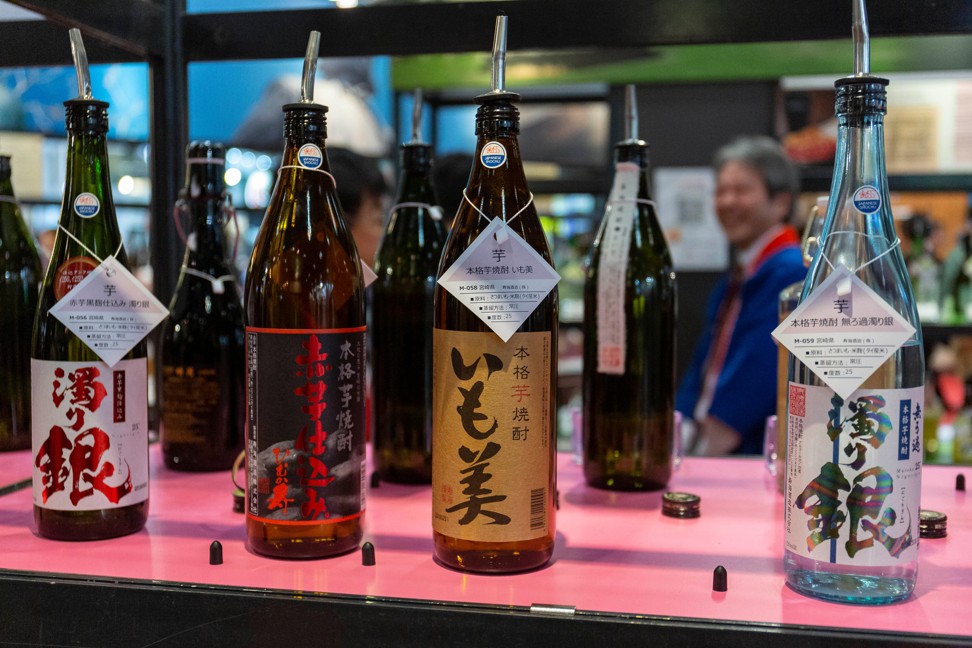
Soju: the secret to drinking South Korea’s favourite tipple, not to be confused with Japanese shochu
- Clear in appearance, soju is smooth, with a clean taste, viscous texture and hints of sweetness on the finish
- The average Korean aged over 20 drinks 87 bottles of soju a year, or 1½ bottles per week
Soju is South Korea’s most popular tipple. It is also widely drunk in Japan and China.
The origins of soju go back to the Chinese pinyin rendering of shaojiu, or burned spirit/liqueur. In the 13th century, the Mongols introduced the distillation process to Korea.
Because soju is distilled, it has been described as being similar to vodka. It is not, because soju is much lower in alcohol. Compared with wine and beer, it packs a good punch, coming in at 20 to 24 per cent alcohol, but that is still low compared with vodka’s 40 per cent.
Soju is traditionally made from a blend of rice and other grains, but between the 1960s and 90s, when rice was in short supply – especially during the Korean war – other starches, such as sweet potato, were used.

From the late 90s, a few producers began distilling a more premium, handcrafted soju that is higher in alcohol, and made from grains rather than rice. Andong and Hwayo are brands to look for – their sojus can contain up to 53 per cent alcohol.
Whatever it is made from, soju is clear in appearance. It’s smooth, with a clean taste, viscous texture and hints of sweetness on the finish, and blends well with whatever food is on the table.
Some modern sojus are flavoured – lemon, apple and melon are popular. For a DIY soju, try adding grated cucumber, which tempers the fieriness of the drink. This also calms the palate when paired with spicy kimchi.
Soju drinking is an interactive activity. Koreans do not customarily serve themselves, or drink soju alone. They take turns pouring – usually, the younger pours for the older (a sign of respect), using both hands, then they toast, drink and start the process all over again. The glasses are small, as are the bottles – usually 375ml – and soju is reasonably priced, compared with sake and other spirits.
But all those sips add up. Jinro Soju is South Korea’s bestselling brand. More than 71 million cases were sold internationally in 2014, and over three billion bottles consumed just in South Korea. A report by Statistics Korea found the average South Korean over the age of 20 consumed 87 bottles a year in 2016, or more than 1½ bottles per week.

The Japanese make a spirit similar to soju, which they call shochu. The pronunciation is similar, as are the production methods. It can be distilled from a variety of grains and starches: rice, barley, sweet potato and buckwheat, and the alcohol content ranges from 25 to 30 per cent.
The flavours of shochu can be very pure. The top shochu in Japan is called honkaku. It is single distilled, which leaves intact the flavour of the base ingredient: shochu made from rice tastes different from one made from sweet potato. Basic, everyday shochu, called kourui, undergoes a process called consecutive distillation, giving it a more neutral flavour – it is often used in mixed drinks.
The Japanese drink shochu much like they do whisky – on the rocks, with a splash of water. In colder months, they might mix in a little hot water, while in the summer, they might add it to fresh juice.

